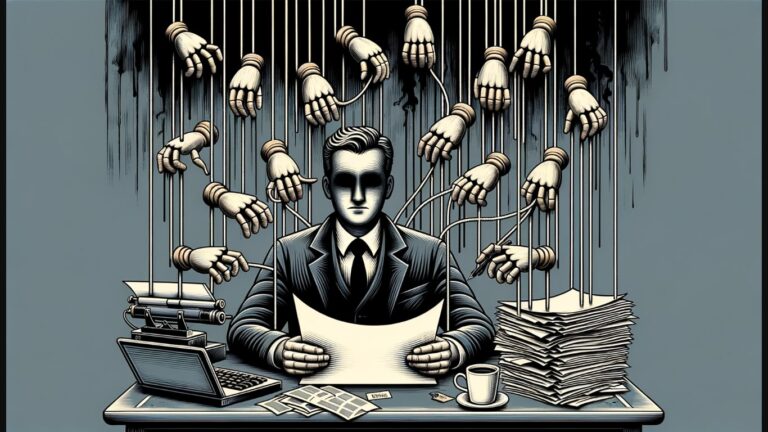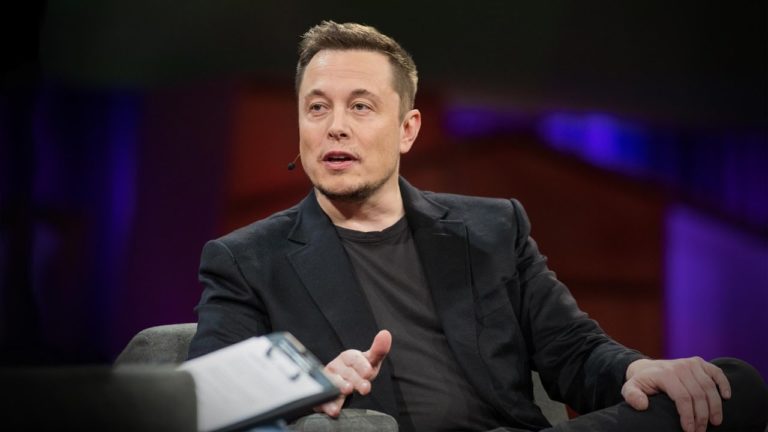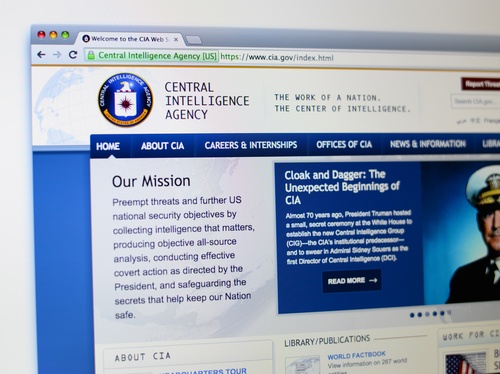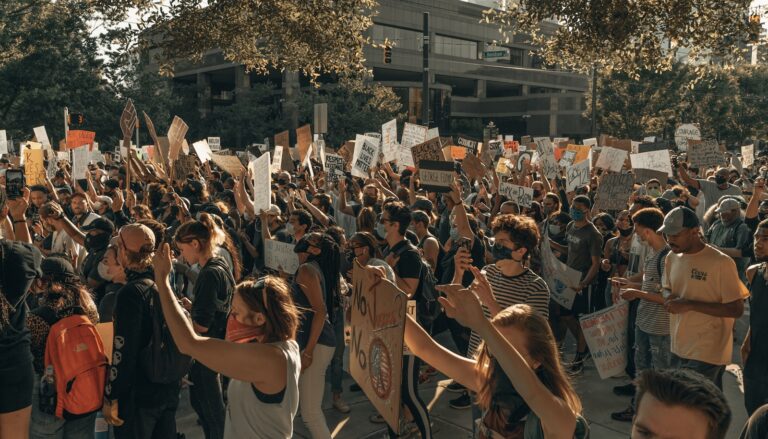Key Takeaways:
1) The United States will increase its military equipment sales to India.
2) President Trump made the announcement during a joint press conference.
3) The increased sales could lead to India receiving a coveted stealth jet.
4) The new deal aims to strengthen the US-India defense bond.
Introduction
President Trump made a big announcement during a joint press conference with Prime Minister Narendra Modi. He said the United States will boost its sales of military equipment to India. He mentioned that this will start this year and will involve many billions of dollars. The news excites many people because it could lead to India acquiring the stealth jet the US has long desired to provide. The decision shows a shift in the defense strategies of both nations. It sets the stage for an even stronger relationship between the United States and India.
Details of the Announcement
During the press conference, President Trump spoke about the increased sales. He said the United States would expand military equipment deals. His speech was clear and confident. This announcement did not detail the total dollar amount or exact items to be sold. Nonetheless, the words were strong and hopeful. The president did not hesitate to mention that these future sales would reach many billions of dollars. He explained that the move would make India a major customer for US-made military technology.
The speech was simple to understand. President Trump used clear language throughout. He made sure his message reached a wide audience. The increase in sales is a promising development for both nations. It marks a shift in trade and defense policies. Moreover, it reflects the growing bond between the United States and India. Each nation hopes to gain from the new arrangement. They expect a boost to their defense capabilities and joint security.
What This Means for India
This announcement is very important for India. The increased military sales will allow India to enhance its defense. India has long sought next-generation military technology. The promise of a stealth jet is a key part of these plans. Acquiring this jet could change the balance of power in the region. It would also signal that India is stepping up its defense preparedness. After years of interest, India might soon receive the advanced technology it wants.
In addition, this move will strengthen India’s security. It is a major step toward modernizing the country’s armed forces. The increased sales will enable India to procure more than just equipment. It includes integrated defense systems and modern technology. India can upgrade its aircraft, ships, and ground equipment. A stronger defense means more safety for Indian citizens. The government also hopes to balance regional powers with these new tools.
Moreover, the announcement reflects India’s increasing importance on the world stage. The country is rising as a strong partner in global security. By becoming the target of such a significant deal, India shows that it is viewed as a key ally. People in India feel hopeful and optimistic about the future. They see this as a chance to improve their national security and technological prowess. The upgrade will not only help in defense but also boost technology and innovation in the nation.
What This Means for the United States
For the United States, the increased sales underline a strategic move. The deal opens up a large market for US military equipment. This boost in sales provides a new revenue stream for American companies. Additionally, it emphasizes that the US remains a leader in defense technology. The president’s plan shows an active effort to support domestic industries. It is a way to export advanced military products and technology overseas.
Furthermore, the announcement signifies a deepening relationship with India. The US has always held an interest in building strong alliances. By selling its military equipment to India, the US shows trust in India’s defense capabilities. This step encourages closer cooperation and joint development projects. President Trump did not reveal all specifics, but the potential for future projects is exciting. Business and defense experts alike have noted that this deal marks a turning point for American defense exports.
Another important aspect is that the sales could include the much-discussed stealth jet. The jet has been an ambition for both the US and India for some time. The stealth jet is known for its advanced technology and high performance. For the US, offering such a jet means showcasing its technical skills. It sets a high standard for competitors and demonstrates US confidence in its military designs. The potential sale indicates that the US is willing to share its cutting-edge technology with trusted allies.
Economic and Strategic Implications
The announcement has economic and strategic implications for both countries. Economically, the deal will inject billions of dollars into US exports. More money for American firms means more jobs and global market influence. This boost supports the US economy, especially in the defense sector. With every deal, more resources become available for research and development. The investments made today could lead to more advanced systems tomorrow.
Strategically, the increased sales help counter regional threats. Both the United States and India share a common interest in maintaining stability. The sale of advanced military equipment sends a clear political message. It is an effort to build a robust defense against potential aggressors. Inside and outside the region, nations notice the growing partnership. The deal also opens the door to joint training exercises. This cooperation will improve military readiness and trust between the countries.
This cooperation may lead to more than just equipment sales. It can evolve into a broader defense strategy that nurtures innovation and mutual growth. Each country has much to learn from the other. The sharing of technology and ideas contributes to better security systems. Experts believe that the cooperation can lead to breakthroughs in military technology. Such breakthroughs benefit all parties involved. The deal is more than a trade agreement; it is a strategic alliance meant to strengthen peace and stability.
Challenges and Opportunities Ahead
Although the announcement brings many opportunities, it also poses challenges. Negotiating billions of dollars in defense sales can be complex. Both nations must agree on many technical and cost aspects. The terms and timelines must be acceptable to all parties involved. Additionally, translating promises into real deals takes time. The announcement was made with great enthusiasm but without concrete details.
Furthermore, public opinion can affect the entire process. People want clear answers about what the deal means. They may wonder about the costs, benefits, and long-term impact. Lawmakers in both nations might demand more details. This can sometimes slow down the implementation process. The governments will need to work closely to address these issues. They must ensure that this plan meets both nations’ security needs.
Another challenge lies in the delicate balance of regional power. Some neighboring nations might feel uneasy about the deal. They may interpret the move as a shift in military power. However, both countries say that this step is purely defensive. They claim that enhanced defense does not mean offense. The administration promises that the focus is on protecting national and regional interests. To calm concerns, the governments will have to communicate openly with regional partners.
On the other hand, the opportunity to form a lasting strategic alliance is enormous. The deal brings a chance to expand business relationships. More defense sales mean more technological advancements and economic growth. The potential stealth jet delivery is a sign of emerging innovation. This could inspire more joint projects in the future. As the two nations advance, they benefit from shared research and testing. Opportunities for new defense systems and cooperation projects grow every day.
Mutual Trust and Friendship
The deal also highlights the friendship and trust between the United States and India. Over many years, the two governments have built a strong bond. They often work together on issues of trade, security, and technology. This new announcement builds on that foundation. It is proof that both sides value the relationship. Trust is a key element in all successful alliances. The joint press conference underscored a commitment to work together closely.
The mutual trust is built on repeated positive interactions. The leaders have met on many occasions to discuss their visions for future cooperation. They have participated in cultural, economic, and strategic exchanges. Each meeting deepens the understanding between the nations. This long-term friendship is apparent in the bold steps they take. Future deals like the expanded military sales will depend on this trust. As long as both sides honor their commitments, the relationship is sure to grow stronger.
Impact on Regional Security
The decision to increase military sales will likely affect regional security. A stronger Indian defense can help maintain peace in the region. Increased military capability often deters aggression. Neighboring countries may think twice before testing military limits. The enhanced equipment is meant to provide a reliable deterrent. Countries in the region will notice the boost in defense readiness. They might even consider upgrading their own systems in response.
This move can also lead to more joint training sessions and coordinated defense drills. When nations work together, they learn from each other. These training sessions foster a spirit of collaboration. They also promote technical know-how. Coordinated drills help standardize military practices. These activities improve overall strategic preparedness. The new defense agreement signals that both the US and India are proactive about regional security.
Education and Technological Growth
Another important benefit is the effect on education and technology. US defense exports often come with training programs. Indian defense forces may get more training in advanced technology. This can benefit many young people in India. Learning to operate new systems upgrades skills. The next generation of defense experts will come out of these programs.
Furthermore, increasing military sales encourages innovation. US companies invest in research to produce better systems. The advances from such research trickle down to other industries. People in both nations benefit when new technology emerges. Schools and colleges may even design courses around the new equipment. Such progress stimulates technological growth and industrial development. The strong defense agreement can have lasting benefits on education and innovation.
Future Prospects and Cooperation
The long-term prospects seem very bright. Both nations have a shared vision for the future. They aim to boost their defense capabilities further. The agreement may lead to additional trade deals. Both sides are eager to expand their cooperation. The potential for more joint projects remains high. With clear communication and mutual respect, more milestones will be reached.
This new step is just one of many measures planned. The two leaders are determined to fill gaps in their defense needs. They are keen on building a stronger, secure future. The expanded military sales are a part of a bigger plan. It represents a vision for a lasting alliance that benefits both parties. The cooperation will continue to grow and widen over time.
Lessons for the Next Generation
Young people watching these events can learn a lot. They see that diplomatic decisions can be made with clear benefits in mind. They observe that when countries trust each other, progress happens. The announcement shows that business in defense can lead to greater innovation and security. It reminds us that international collaboration is key in solving modern challenges. Youth can be inspired to study international relations, defense technology, or political science. These fields help shape the world and contribute to global peace.
Working together with honesty is a valuable lesson. The initiative proves that nations can put aside differences for a brighter future. It demonstrates that courage, vision, and trust can overcome obstacles. Young readers are encouraged to think about the importance of unity and cooperation. They learn that these values lead to better decisions and more stable societies.
Conclusion
The United States will soon expand its military sales to India. This exciting move could help India acquire a highly desired stealth jet. Both nations stand to gain from this deal economically and militarily. The increased sales strengthen their bond and contribute to regional stability. As the agreement unfolds, both countries will work together closely. They will navigate challenges and take advantage of opportunities. This effort represents a significant moment in the history of their partnership.
In the coming years, we can expect continued collaboration and mutual growth. The decision is a proud moment for both the US and India. It shows that bold moves and shared trust work well. The leaders from both sides have set a strong example of cooperation. With careful planning and commitment, the future looks bright for this alliance. The agreement is more than just a contract; it is a promising step toward a safer world.
As this important development moves forward, many people will keep a close eye on the progress. The enhanced military sales show a bright future in international trade and defense technology. They also remind all readers that partnership can lead to significant breakthroughs. With steady leadership and a focus on progress, the US and India are well on their way to a stronger, united defense front. This journey will continue to be one of hope, progress, and lasting cooperation.










